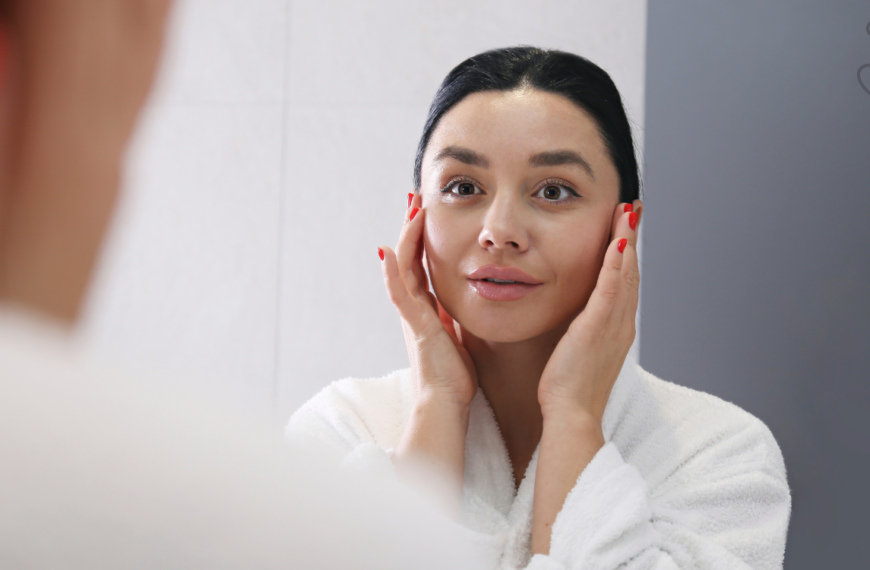In our fast-paced world, finding moments of peace and clarity can often feel elusive. However, integrating mindfulness with movement can be a powerful way to enhance your self-care routine. Mindfulness in motion encourages us to be present in our bodies while engaging in physical activity, promoting mental well-being and emotional balance. This blog post explores how to incorporate movement into your self-care routine mindfully.
What is Mindfulness in Motion?
Mindfulness in motion combines the principles of mindfulness—being present and fully engaged in the moment—with physical activities such as walking, yoga, dancing, or even gardening. This approach helps you cultivate awareness of your body, breath, and sensations while moving, fostering a deeper connection between your mind and body.
Benefits of Mindfulness in Movement
- Enhanced Emotional Well-Being:
Engaging in mindful movement can reduce anxiety, stress, and depressive symptoms. By focusing on the present moment, you can create a sense of calm and stability. - Improved Physical Health:
Regular movement promotes cardiovascular health, flexibility, and strength. Combining mindfulness with exercise can lead to more enjoyable and sustainable physical activity. - Greater Self-Awareness:
Mindful movement encourages you to tune into your body and emotions, enhancing self-awareness and helping you recognize patterns that may impact your mental health. - Stress Relief:
Movement can be a natural stress reliever. When combined with mindfulness, it can amplify the relaxation response, allowing you to release tension and find relief from everyday stressors.
Tips for Integrating Mindfulness into Your Movement
- Start with Breath Awareness:
Before beginning any physical activity, take a few moments to focus on your breath. Inhale deeply through your nose, allowing your abdomen to expand, and exhale slowly through your mouth. This practice can ground you and set the tone for your movement. - Choose Mindful Activities:
Opt for activities that encourage awareness of your body and surroundings. Consider yoga, tai chi, walking meditation, or dancing. Each of these practices invites you to focus on your movements and sensations, fostering mindfulness. - Be Present in Your Movements:
As you engage in movement, pay attention to how your body feels. Notice the sensations, the rhythm of your breath, and the sounds around you. If your mind begins to wander, gently bring your focus back to the present moment. - Practice Gratitude:
Incorporate gratitude into your movement practice by acknowledging your body for what it can do. Whether it’s appreciating the strength in your legs while walking or the flexibility in your arms during yoga, recognizing these abilities can foster a positive mindset. - Limit Distractions:
Create an environment conducive to mindful movement. Limit distractions by turning off your phone or choosing a quiet space. This allows you to focus fully on your practice without interruptions. - Incorporate Mindfulness into Daily Activities:
You don’t have to set aside specific time for exercise to practice mindfulness in motion. Consider incorporating mindfulness into daily activities like walking to work, cooking, or gardening. Focus on your movements and the sensations you experience in each moment. - Create a Routine:
Establish a regular practice that includes mindful movement. Whether it’s a daily yoga session or a weekly dance class, consistency can enhance the benefits of your practice and create a dedicated time for self-care. - Reflect on Your Experience:
After your mindful movement session, take a moment to reflect on how you feel. Journaling or simply sitting in silence can help you process your thoughts and emotions, enhancing the overall benefits of your practice.
Conclusion
Integrating mindfulness into your movement practices can transform your self-care routine, offering a holistic approach to mental and physical well-being. By being present in your body and aware of your movements, you can cultivate a deeper connection with yourself, reduce stress, and enhance your overall quality of life. Remember, mindfulness in motion is not about perfection; it’s about embracing the journey and finding joy in each movement. So, step into your body, breathe deeply, and let the journey of mindfulness unfold.

















